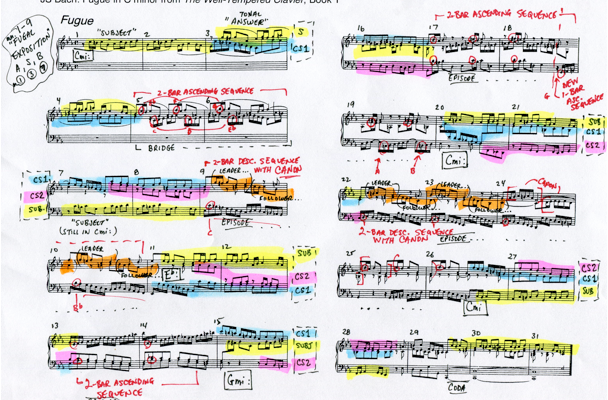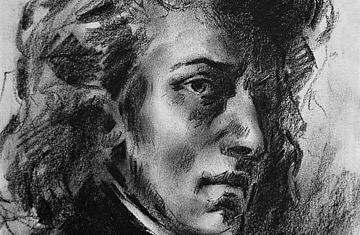Johann Sebastian Bach
Virtuosity & Piano Artistry

In the sphere of piano performance or piano artistry there are few human activities where the necessity for extraordinary physical prowess is so closely aligned with the greatest intellectual and emotional capacities.
The virtuoso must possess a memory capable of maintaining thousands of pages of music in the mind and fingers, under the stress and distractions of public performance; the virtuoso must be cultured and self-aware, musically able to convey the great range of meaning embodied within a chosen repertoire; the virtuoso must project both physical excitement and emotional communication; and the virtuoso must experience life to the fullest while remaining cloistered with an instrument in a relentless quest to maintain his or her craft at its highest level.
http://www.theartofpianoperformance.com/
Attributes & Depth Required to Interpret Chopin
A capricious, even morbid, temperament is demanded, and there must be the fire that kindles and the power that menaces; a fluctuating, wavering rhythm yet a rhythmic sense of excessive rectitude; a sensuous touch, yet a touch that contains an infinity of coloring; supreme musicianship-Chopin was a musician first, poet afterwards; a big nature overflowing with milk and honey; and, last of all, you must have suffered the tribulations of life and love, until the nerves are whittled away to a thin sensitive edge and the soul is aflame with the joy of death’ James Huneker
“One note follows another with complete inevitability”
Study Piano Performance in Boca Raton & West Palm Beach
The Art of Fugue
In order to analyze, appreciate and comprehend the musical form called fugue, one must first know the various elements that comprise a fugue.
Every fugue has its own individual characteristic, which display a full range of human emotions. From peacefulness and tranquility to anguish and despair. JS Bach used rhythms, motives as well as melodies and harmonic movement to capture all of these human emotions. Bach used the temperaments of the different keys to establish the mood of each prelude and fugue. These same tonalities are also clearly defined in his choral works as well. Bach was acutely aware of symbolism in art and religion and used it extensively in his works and was well aware of the subtle subliminal effect it has on the listener in addition to the harmonic progressions, melodic intervals, rhythmic motives and patterns.
Bach very adept in the understanding of numerical symbolism, used numerical codes…
View original post 445 more words
Optimize Your Piano Practice Time
Practice Tips for Developing a Solid Technique in Piano Performance
Practicing is both an art and a science. Every student of piano performance must remember that their achievement on the instrument will be the direct result of the amount of time and the quality of their practicing.
The art and science of practicing is not just time spent at the instrument but time spent listening to the music the student is working on, studying and understanding the harmonic analysis of the music as well as researching the time period and technical characteristics of the composer of the piece you are working on.
In addition to this, it is advisable for the student to prepare a weekly plan outlining the time spent on specific techniques, repertoire, sight-reading and review of old or previously learned repertoire.
Technique
The purpose of technique is to serve the pianist’s imagination and realize his/her interpretive ideas…
View original post 201 more words
Study Piano Artistry in Boca Raton & West Palm Beach
Study Piano Artistry Online with Google +

























